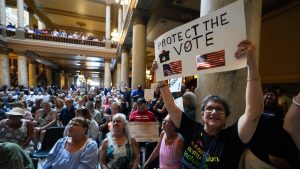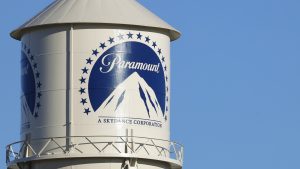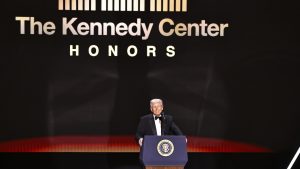USDOT alleges California high-speed rail ‘conned’ taxpayers out of $4B

California’s high-speed rail project is facing federal scrutiny after a 310-page report released Wednesday raised concerns about stalled progress despite billions in funding from multiple levels of government. U.S. Transportation Secretary Sean Duffy has given the state 37 days to respond with documentation or propose a corrective plan.
What does the report reveal?
In February, at the request of Duffy, USDOT launched an investigation into the California high-speed rail project. The investigation focused on two federal grants awarded to the project, one from 2010 and another from last year, totaling more than $4 billion in funding.
The Federal Railroad Administration (FRA) cites nine key issues — including missed deadlines, budget shortfalls and inflated ridership projections — tied to roughly $4 billion in taxpayer-funded grants.
In a letter to California High-Speed Rail Authority (CHSRA) CEO Ian Choudri, the FRA detailed a trail of delays, mismanagement, cost overruns and lack of progress. Despite receiving close to $6.9 billion in federal funds over the past 15 years, FRA said the project has not laid down a mile of high-speed track.
“This report exposes a cold, hard truth: CHSRA has no viable path to complete this project on time or on budget. CHSRA is on notice — If they can’t deliver on their end of the deal, it could soon be time for these funds to flow to other projects that can achieve President Trump’s vision of building great, big, beautiful things again,” said Duffy.
What key findings does the report detail?
According to the report, CHSRA has made numerous changes to contracts and anticipates further adjustments due to delays. It also missed the deadline to buy the trains it needs.
The FRA stated that the project lacks a realistic way to be completed by 2033, which is the deadline set in earlier agreements.
The project relies on unstable, non-federal funding, which adds risk. There isn’t enough time or money to electrify the rail line by 2033, and the budget set aside to cover delays likely isn’t enough. The report also said the number of passengers expected to use the rail has been greatly overestimated.
What does the CHSRA say?
In a statement to Straight Arrow News, a spokesperson says the Authority doesn’t agree with the findings.
“While continued federal partnership is important to the project, the majority of our funding has been provided by the state. To that end, the Governor’s budget proposal, which is currently before the Legislature, extends at least $1 billion per year in funding for the next 20 years, providing the necessary resources to complete the project’s initial operating segment. The Authority will fully address and correct the record in our formal response to the FRA’s notice.”
Where does the high-speed rail stand?
In 2008, California proposed a bold vision: an 800-mile high-speed system to carry 100 million passengers a year. Initially, the goal was to build the transportation system with a $33 billion budget by 2020, connecting San Francisco and Los Angeles.
Gov. Gavin Newsom admitted in 2019 that there was no path to completing that vision. Instead, the project was scaled back to a single Central Valley segment, expected to cost more than $77.3 billion.
The report indicates that the current plan to construct a 171-mile segment between Merced and Bakersfield lacks sufficient funding and credibility to proceed. This segment has since been reduced to 119 miles.
FRA officials say CHSRA continues to overpromise and underdeliver. A report by the Authority’s inspector general earlier this year found a $7 billion funding gap and no credible plan to close it.
Duffy said the FRA cannot continue to fund a project that no longer resembles what taxpayers were promised. “I promised the American people we would be good stewards of their hard-earned tax dollars,” he said.
Change orders alone have cost the project an additional $1.6 billion in just the past two years. FRA’s compliance review found that nearly every major contract has been altered, often for tens of millions of dollars. The pattern reflects what the FRA called “poor planning, implementation, or mismanagement.”
In light of these issues, FRA said CHSRA is in “persistent non-compliance” and has materially changed the scope of the project. The agency is now moving to terminate grant agreements with CHSRA.
FRA’s conclusion is stark: “CHSRA has conned the taxpayer out of its $4 billion investment,” the agency wrote, “with no viable plan to deliver even that partial segment on time.”
Progress update last month
In May, Straight Arrow News reported a progress update on the state’s high-speed rail. California Gov. Gavin Newsom defended the project, saying progress is being made despite the continuous delays. The governor even planned to create a revenue stream through the state’s carbon auction program to help reduce pollution while also completing the system.
What’s next?
If the state does not adequately respond by July 11, the FRA could revoke the remaining grants.
CHSRA has already pushed back the completion date for the Merced-Bakersfield line from 2030 to at least the end of 2031. FRA believes that, based on current progress and risks, further delays are likely to occur.





